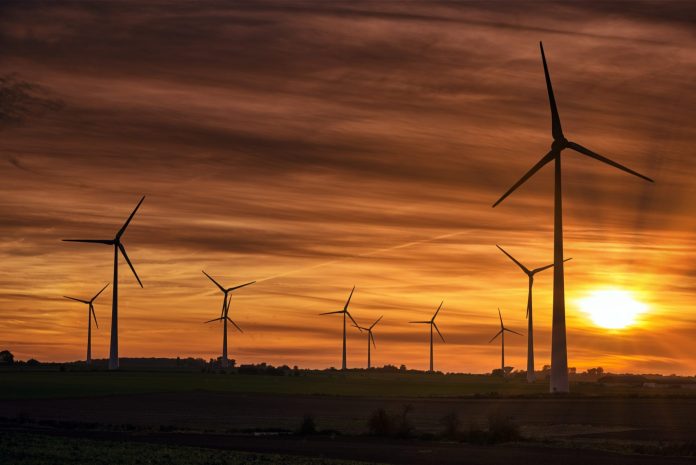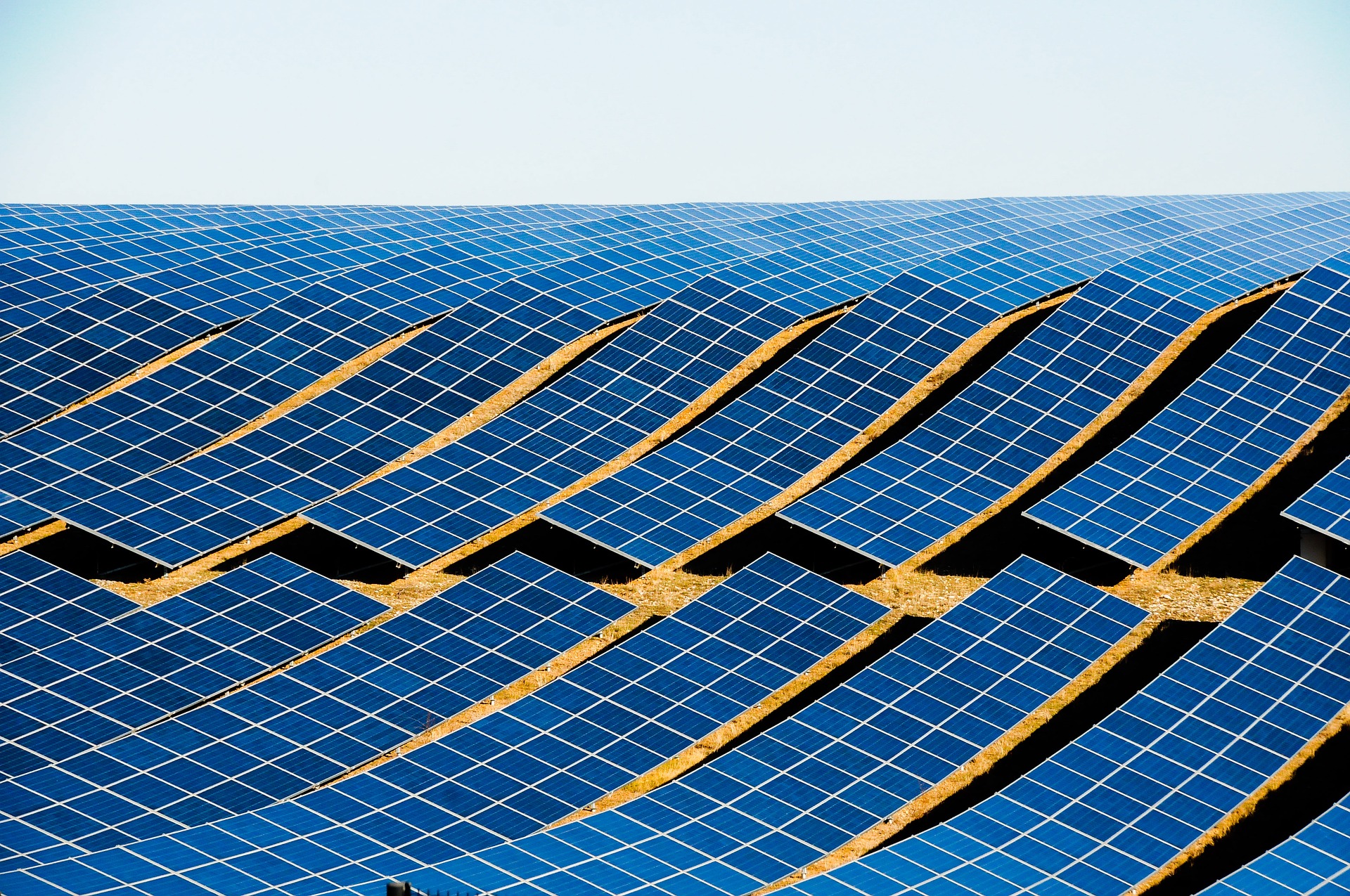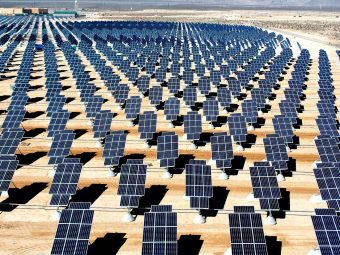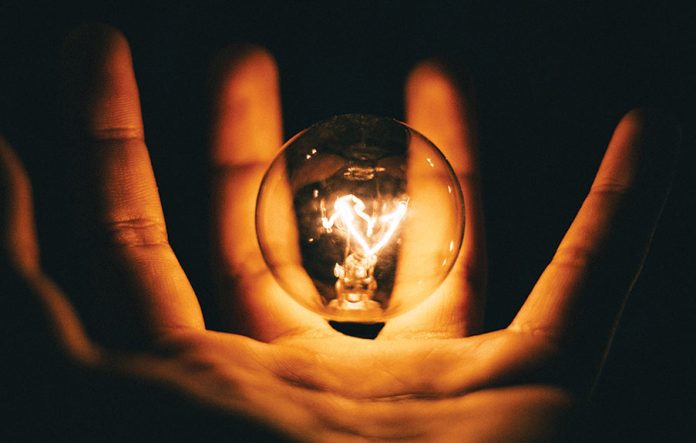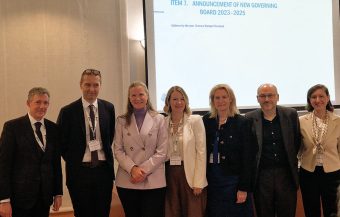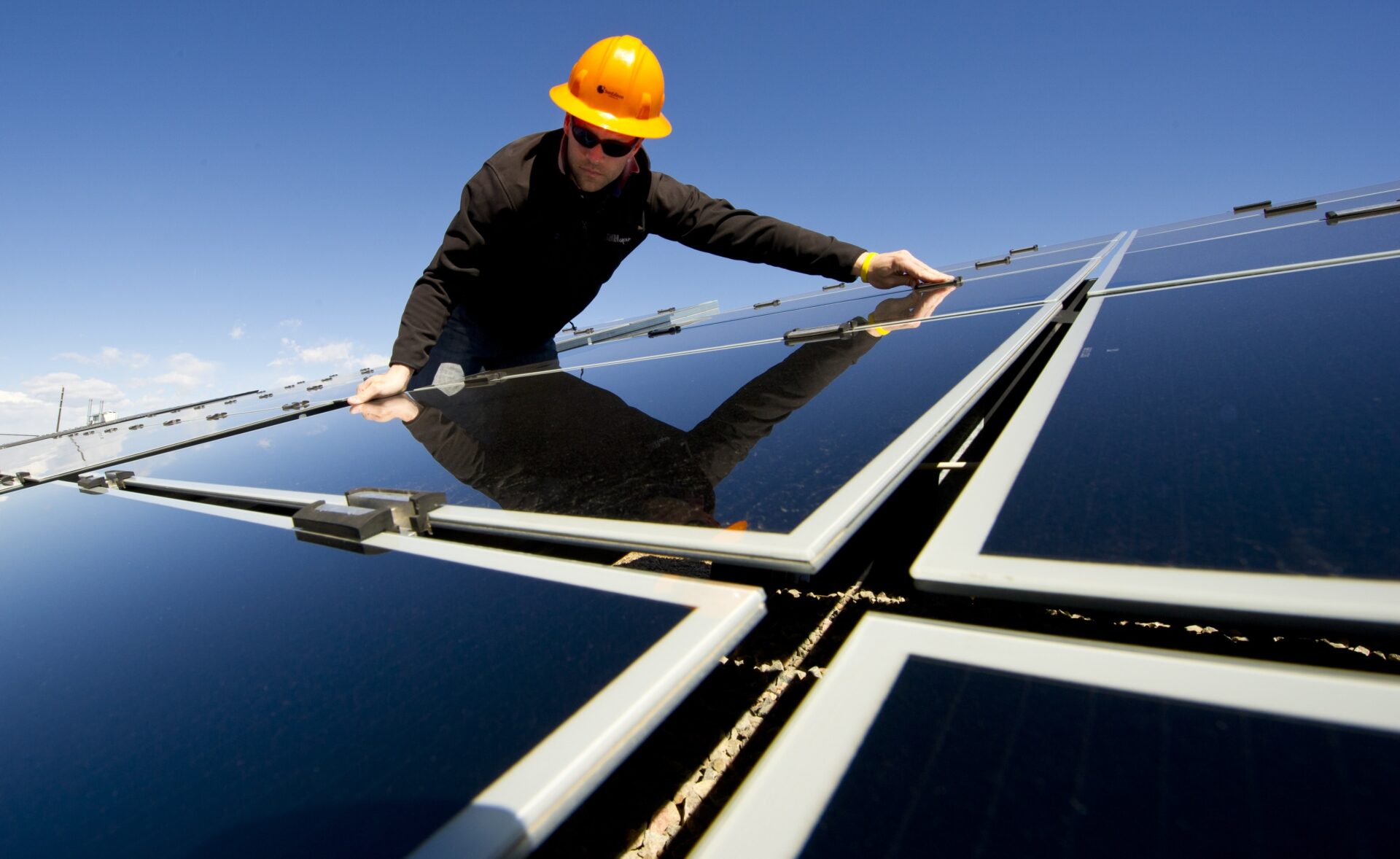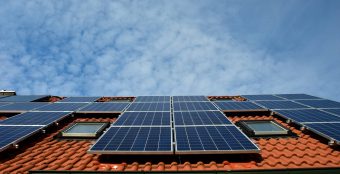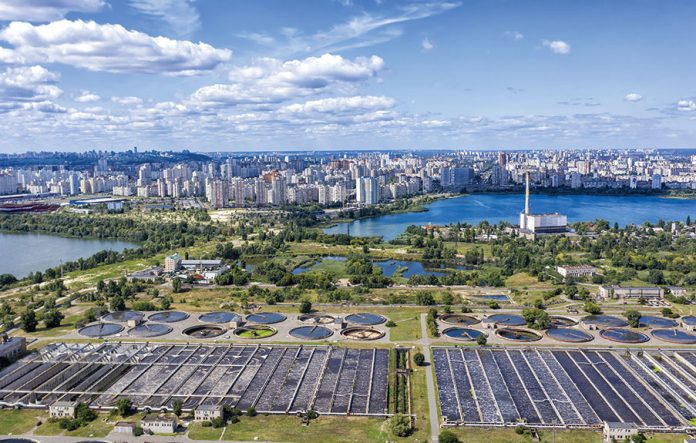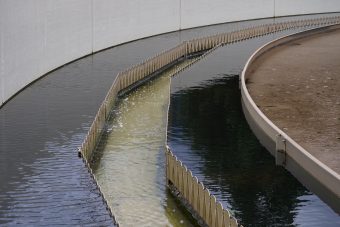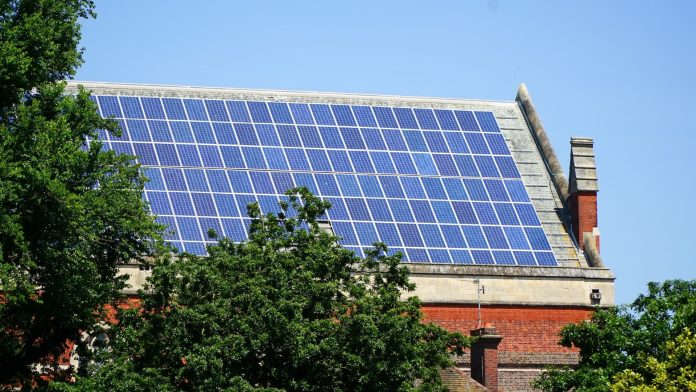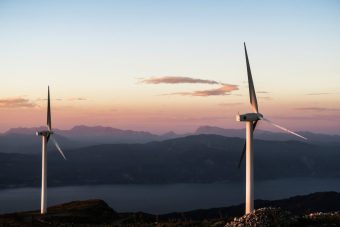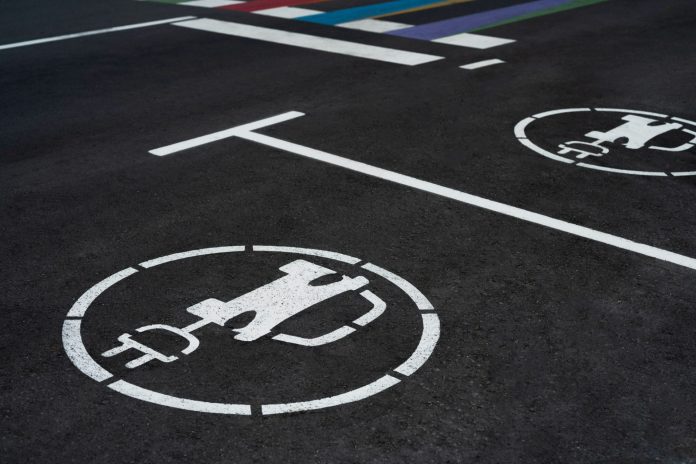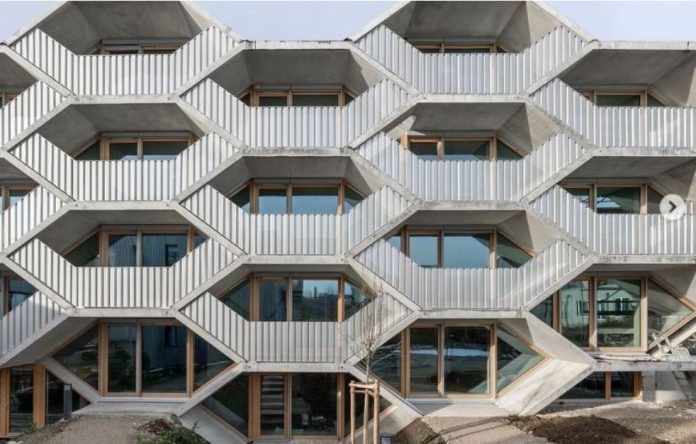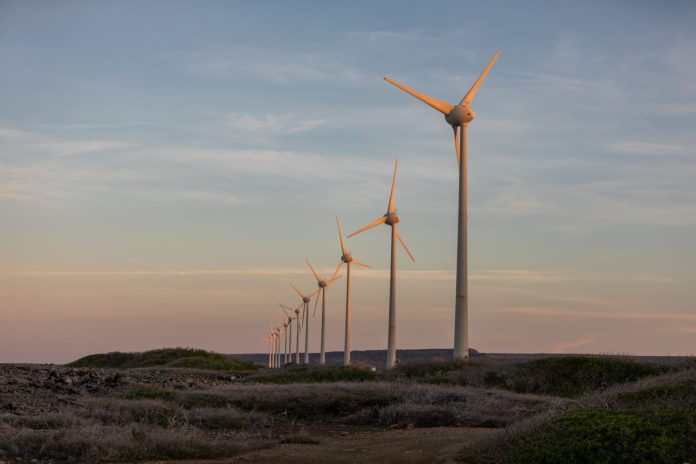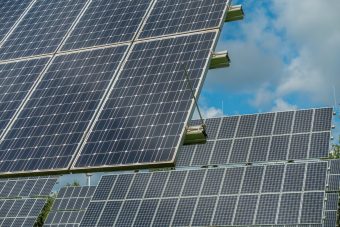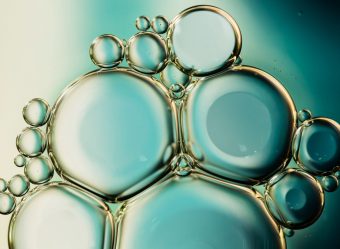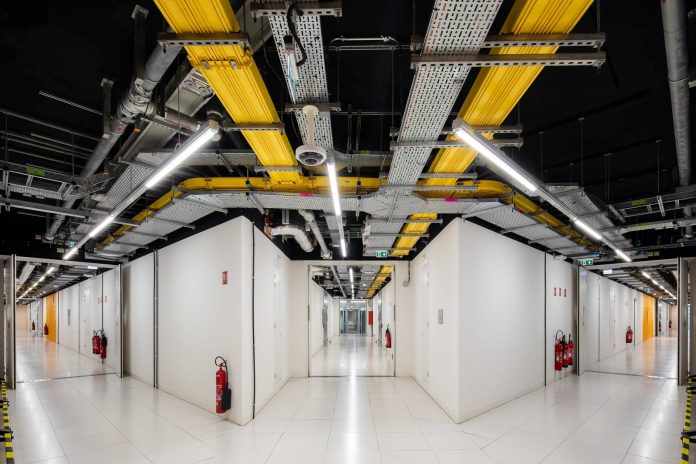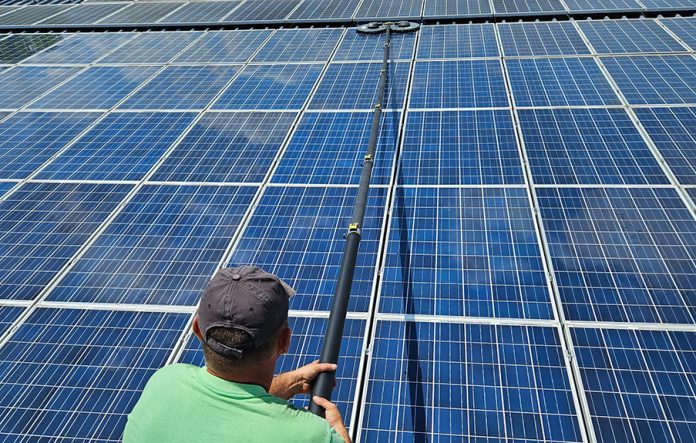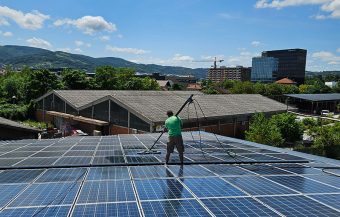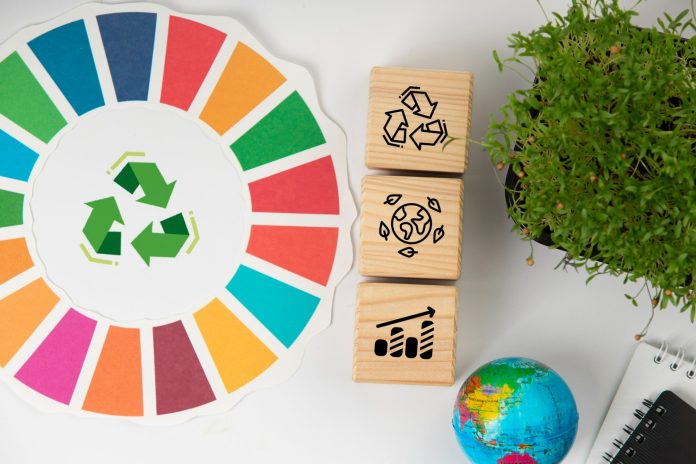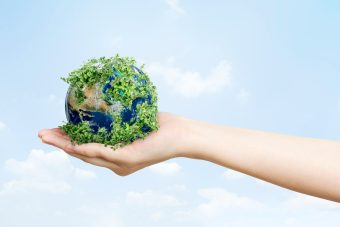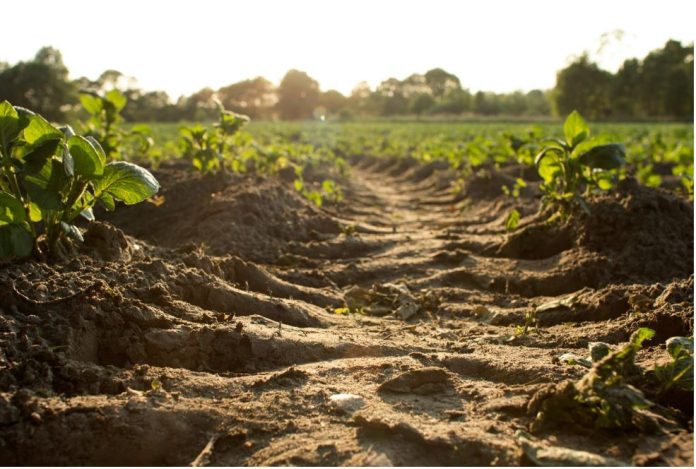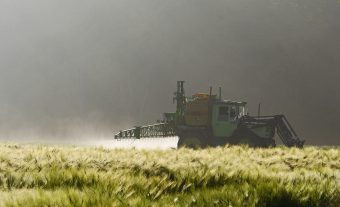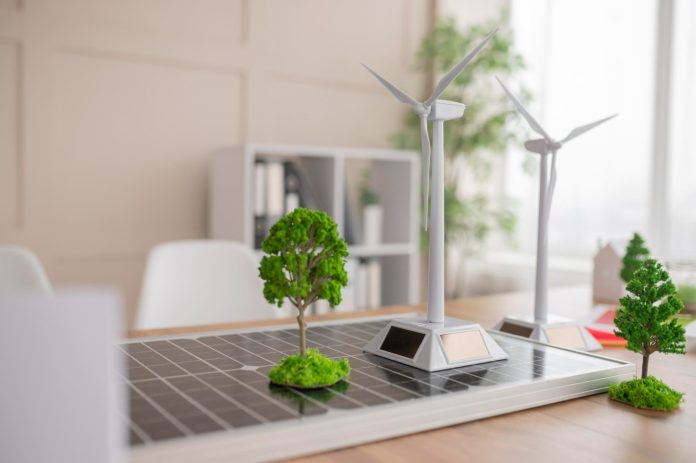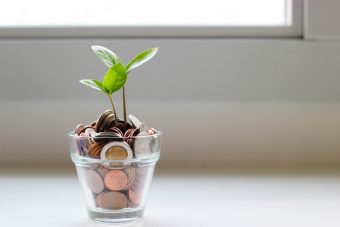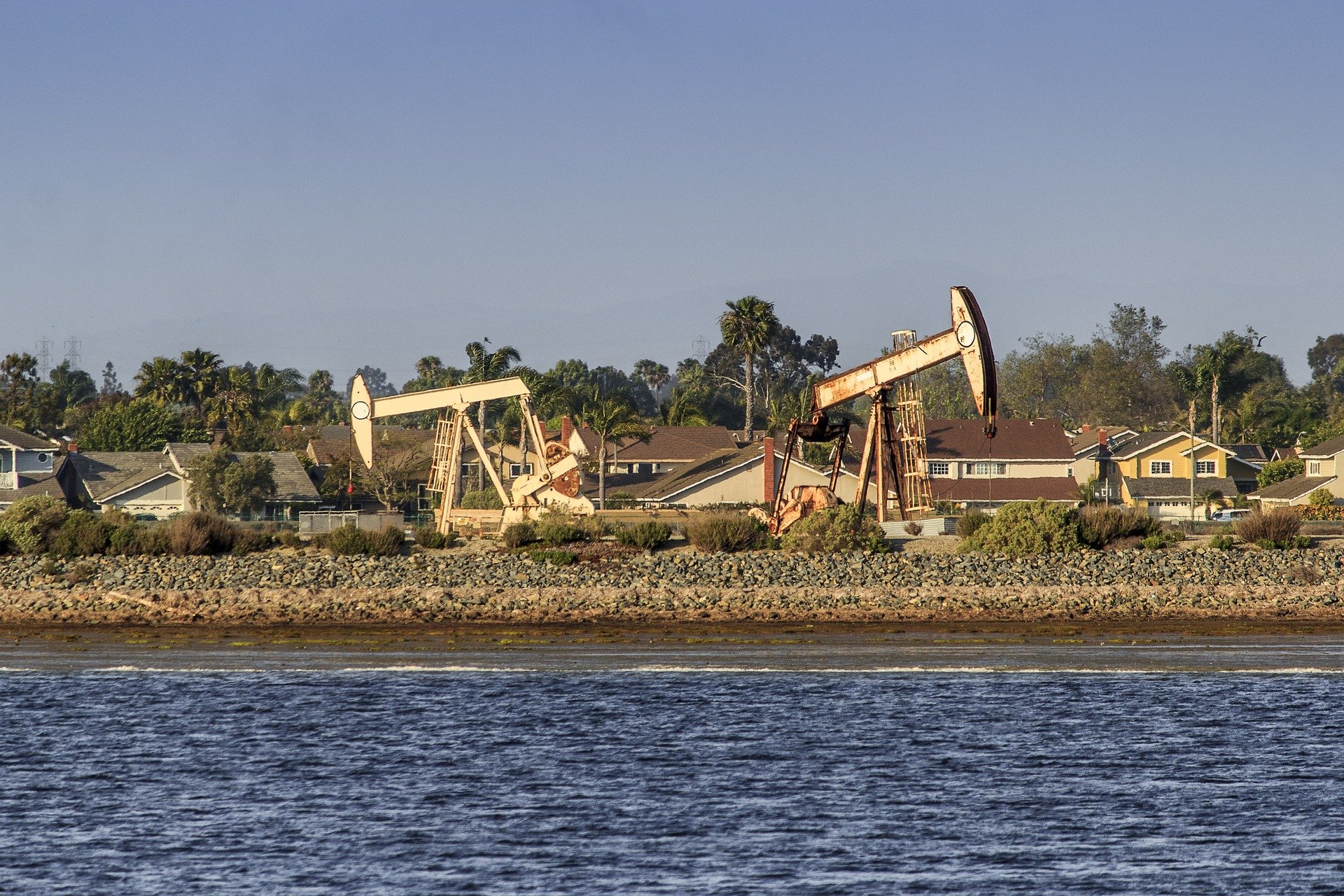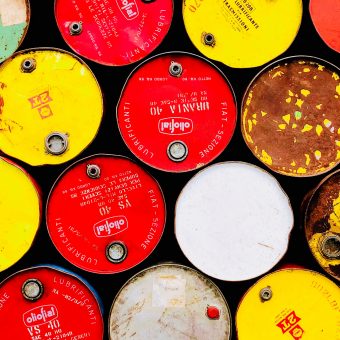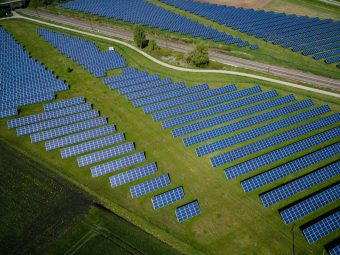
The Utilities for Net Zero Alliance (UNEZA) adopted the UNEZA Roadmap to 2030, which targets a total increase of renewable energy capacity within their portfolios to 749GW by 2030*, an increase of 2.5 times relative to 2023. Alliance members’ joint renewables ambition was announced alongside a grid infrastructure action plan.
The plan, revealed at the 14th Assembly of the International Renewable Energy Agency (IRENA), addresses the pressing need to scale and modernise global grid infrastructure to support clean power development and the tripling of renewables by 2030. According to IRENA, around 720 US dollars billion per year of investment in power grids and flexibility is needed, to limit global warming to 1.5°C.
In a joint, high-level statement, Alliance CEOs stressed the centrality of enabling grid infrastructure and urged the policy and regulatory community to engage industry to address bottlenecks and unlock capital flows.
The UNEZA action plan focuses on three key critical areas:
- De-risking supply chains.
- Facilitating policy & regulatory support.
- Mobilizing capital.
The joint statement and action plan were announced on the 17 April 2024, at the 14th IRENA Assembly Ministerial Roundtable ‘Infrastructure for the Energy Transition: Utilities for Net Zero Alliance’.
More:
- TRANSITION TO RENEWABLES CALLS FOR NEW APPROACH TO ENERGY SECURITY
- GROWING NUMBER OF FLOATING SOLAR POWER PLANTS IN ASIA
- RECORD GROWTH IN RENEWABLES, BUT PROGRESS NEEDS TO BE EQUITABLE
Francesco La Camera, IRENA Director-General, said: “The shift towards a renewables-based energy system is accelerating, and with the adoption of a global goal to triple renewable power capacity by 2030 at COP28, this trend is expected to intensify. IRENA’s WETO shows that this goal will be met only with the modernisation of infrastructure designed for the fossil fuel era to more interconnected and flexible systems that support renewables. The announcement of a grid infrastructure action plan by the Utilities for Net Zero Alliance is a significant step to addressing this urgent need, showcasing the central role that utilities can play in transforming our energy systems and realising net zero targets.”
H.E. Razan Khalifa Al Mubarak, UN Climate Change High-Level Champion, said: “Utilities play a crucial role in delivering mitigation measures that align global development with a net-zero future and are central to a future energy system that is in harmony with nature and the environment. Building on the momentum from COP28, we are advancing the design and implementation of our action plan and call on utilities around the world to join this initiative, showcasing their ongoing commitment to meaningful action.”
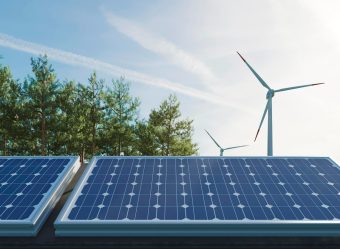
Jasim Husain Thabet, TAQA’s Group Chief Executive Officer and Managing Director, and Co-Chair of the Alliance, said: “The global utilities community is taking bold, decisive steps towards the tripling of renewables by 2030, not just in terms of our concrete investment plans but also in our drive to address energy transition bottlenecks – particularly for grids. It is increasingly recognized that grid infrastructure development is critical to enable the energy transition and expansion of clean power capacity. However, we need to do more across industry and policy to encourage more supply chain capacity, address the gridlock in permitting for grids and increase capital flows.”
Martin Pibworth, Chief Commercial Officer at SSE plc, Co-Chair of UNEZA, said: “Our combined plans for accelerating renewables deployment will go a long way towards achieving our 2030 goal, but we also know that utilities can’t do it alone. We also need to build resilient supply chains that can meet this surge in demand, and we need bold enabling policy and regulatory mechanisms to underpin investments and accelerate the speed at which we can build. That is why we are coming together today to demonstrate our intent to the global supply chain and offer practical, actionable recommendations to policy makers which we hope will help unlock real delivery on the ground and keep us on a pathway to trebling renewables this decade.”
Launched at COP28, UNEZA counts many of the leading global utilities among its membership. Led by the UAE’s TAQA (Abu Dhabi National Energy Company), founding entities also include Bui Power Authority, DEWA, DLO Energy, EDF, EDP, Edison International, E.ON, Enel, Engie, Etihad Water and Electricity, Hitachi Energy, Iberdrola, Jinko Power, KEGOC, KenGen, Masdar, National Grid, Octopus Energy, RWE, Sacremento Municipal Utility District, Schneider Electric, Siemens, SSE, Tenaga, Uniper and Xlinks. Green Grids Initiative and ACWA Power are recent new additions to the community.
The Alliance secretariat is guided and hosted by IRENA and supported by partners including the UN Climate Change High-Level Champions, International Electrotechnical Commission (IEC), Global Renewables Alliance and Coordinador Eléctrico Nacional, Green Grids Initiative.
UNEZA invites companies to join the common vision of accelerating the energy transition. The Membership is open to utilities, developers, power system technology companies and knowledge partners determined to expedite the transition towards a net zero future by 2050.
Source: IRENA

